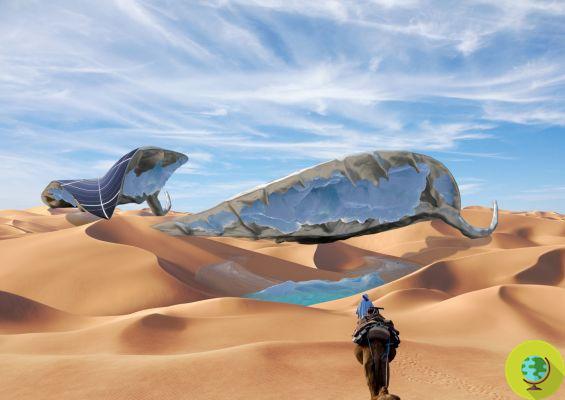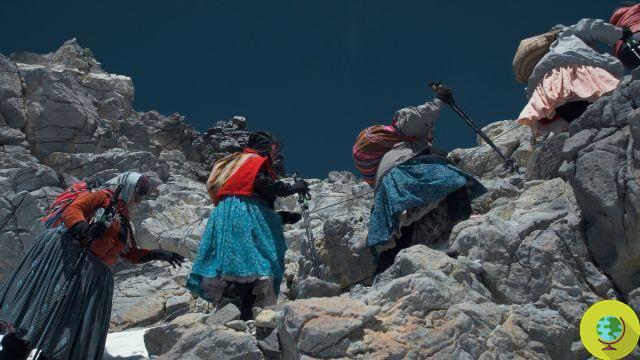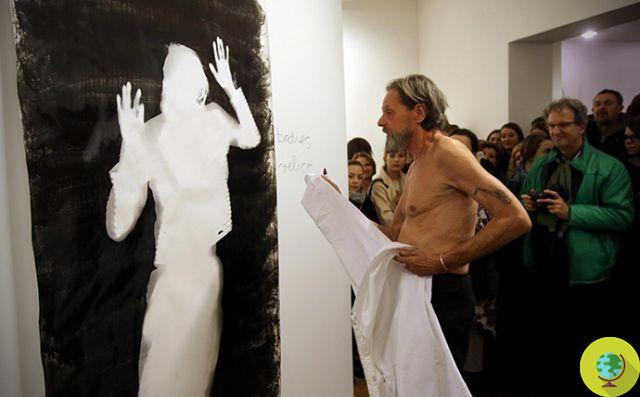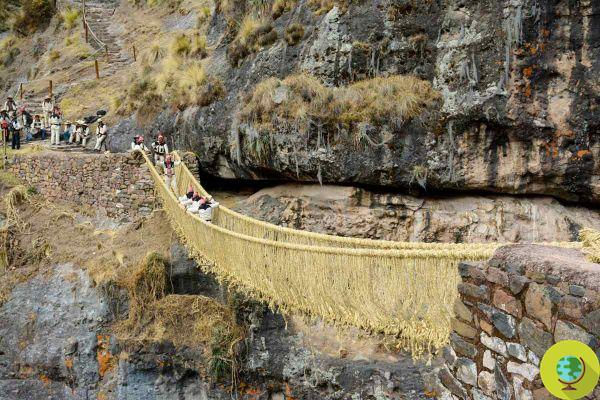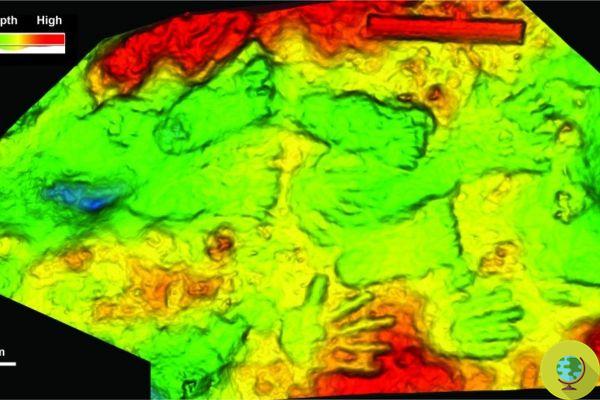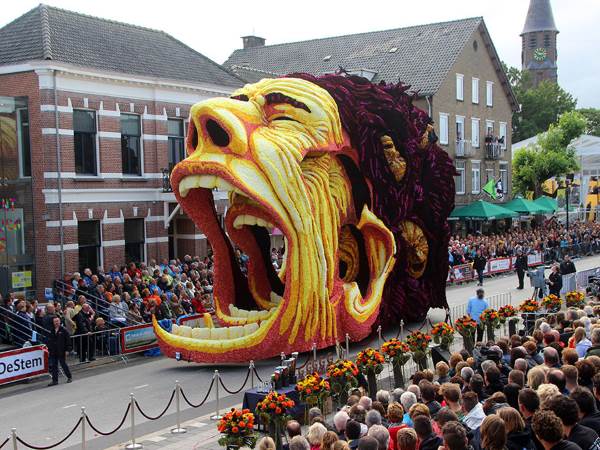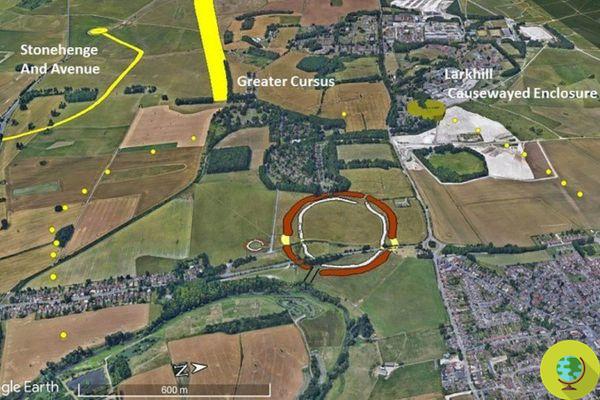
An important new prehistoric monument consisting of a ring made of stone boulders was discovered less than 3 kilometers from Stonehenge
Don't store avocado like this: it's dangerousAn incredible new archaeological discovery comes from Great Britain, a few kilometers from Stonehenge, where a new large stone circle dating back to the Neolithic was found. It is the largest prehistoric structure found in the entire nation to date.
The remains of a new important Neolithic stone monument were discovered in less than 3 kilometers from Stonehenge, thanks to the use of cutting-edge and multi-sensor technologies. The prehistoric structure, which covers 1,2 miles in diameter (2 km) is, according to the archaeologists who have identified it, a real engineering masterpiece.
The announcement of the discovery comes after the celebrations of the Summer Solstice which this year was celebrated in a particular way, in live streaming, due to the coronavirus.
This year everyone will be able to admire the Stonehenge summer solstice in live streaming
The monument is located around Durrington's city wall in the Salisbury Plain, near Amesbury, Wiltshire and was discovered thanks to the work of a team of academics from the Universities of St Andrews, Birmingham, Warwick, Glasgow and the University of Wales Trinity Saint David within “The Stonehenge Hidden Landscapes Project “.
Four thousand five hundred years ago, the Neolithic peoples who built Stonehenge also built this monument. It is speculated that the structure was some kind of border that guided people to a sacred area because the Durrington Walls, one of Britain's greatest henge monuments, are right in its center.
A discovery that surprised the experts not a little and for several reasons: the first is that it has been found only now, despite the proximity to Stonehenge, one of the most studied sites in the world. It also offers evidence that Britain's early inhabitants, mainly farming communities, had developed a way of counting. Building something of this size with such accurate placement would otherwise have been impossible.
The exposed boulders are vast, each with a width of 5 meters and a diameter of 10. About 20 have been found but there may have been over 30. About 40% of the circle, in fact, is no longer available for study but has been lost with modern development.
Vincent Gaffney, one of the archaeologists leading the project, said:
“The size of the ring surrounding the Durrington Walls is currently unique. It demonstrates the complexity of monumental structures within the landscape of Stonehenge and the ability and desire of Neolithic communities to record their cosmological belief systems in ways and on a scale unpredictable to date "
As the area around Stonehenge is among the most studied archaeological landscapes in the world, the discovery is all the more unexpected. Although huge, these structures had been "liquidated" as natural sinkholes or ponds. The latest technologies, including the geophysical prospecting, the ground penetrating radar and magnetometry, instead, they showed them as geophysical anomalies, thus revealing their true appearance.
Just a few weeks ago we told you about another important discovery, made possible thanks to the radar technology that is revolutionizing the way of doing archeology.
Unearthed ancient Roman city without excavations, using GPR radar
Fonte: University of Birmingham / The Guardian
Read also:





